Nairobi Climbs to 4th Place in Africa's High-Rent City Rankings

Nairobi has distinguished itself as a frontrunner in Africa's rental market experiencing a substantial 28% increase in rental rates over the past three years.
This upward trajectory can be attributed to a confluence of factors that have reshaped the city's real estate landscape. The surge in demand for rental properties has been primarily driven by key sectors such as agriculture, e-commerce, and fast-moving consumer goods (FMCG). These industries have played a crucial role in maintaining high occupancy rates hovering around 80% in Nairobi's rental market. Concurrently, the city has witnessed significant growth in warehouse development.
Over the last five years, approximately 170,000 square meters of warehouse space have been added to the market with projections indicating an additional 400,000 square meters by 2025. This expansion is a direct response to the increasing demand for prime warehousing options. The impact of these developments is reflected in the rise of prime rents. In 2018, the average prime rent in Nairobi stood at $4.70 (approximately Ksh470) per square meter. This figure has since escalated to $6 (approximately Ksh600) per square meter.
Lagos, Nigeria, currently leads the continent with 24.3 points in rent charges, followed closely by Cape Town, South Africa, at 17.2 points, and Casablanca, Morocco, at 11.6 points. These figures indicate that while Nairobi's rental market is robust, it still trails behind some of Africa's other major urban centres in terms of overall rental costs. Interestingly, Nairobi presents a more favourable picture when it comes to the overall cost of living. The city ranks eighth among African cities in terms of living expenses, surpassed by South African cities like Johannesburg, Pretoria, Cape Town, and Durban.
However, it is worth noting that Lagos, Casablanca, and Accra still maintain higher living costs compared to Nairobi. Conversely, cities such as Algiers, Tunisia, and Cairo offer more affordable living conditions. The ripple effects of Nairobi's rental price surge have extended to its satellite towns. Ongata Rongai, for instance, experienced notable increases of 3.4% during the last quarter of 2020 and 8.1% in 2019. This trend highlights the growing demand for housing in peripheral areas thus contributing to the overall escalation of rental prices in the greater Nairobi region.


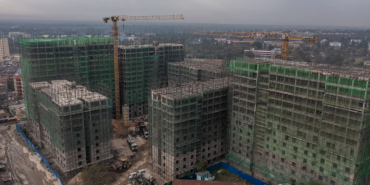

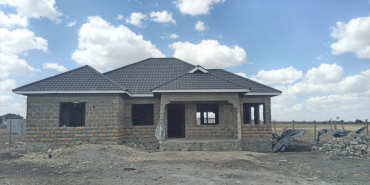
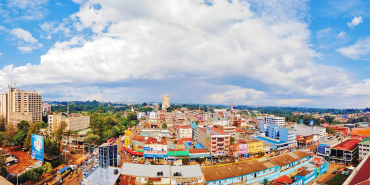
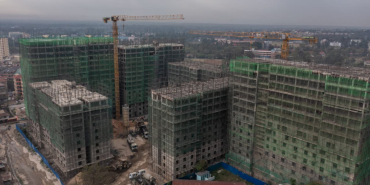
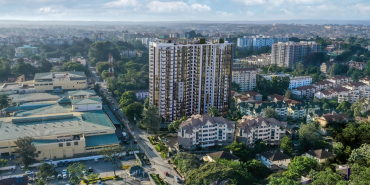





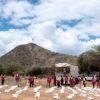
Comments
Not worth it.
Permalink
Not worth it.
Add new comment